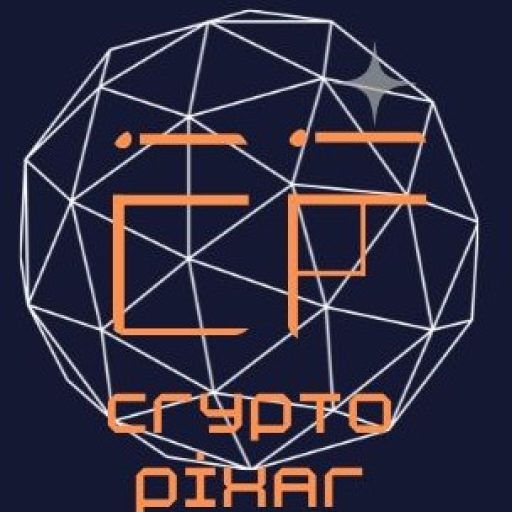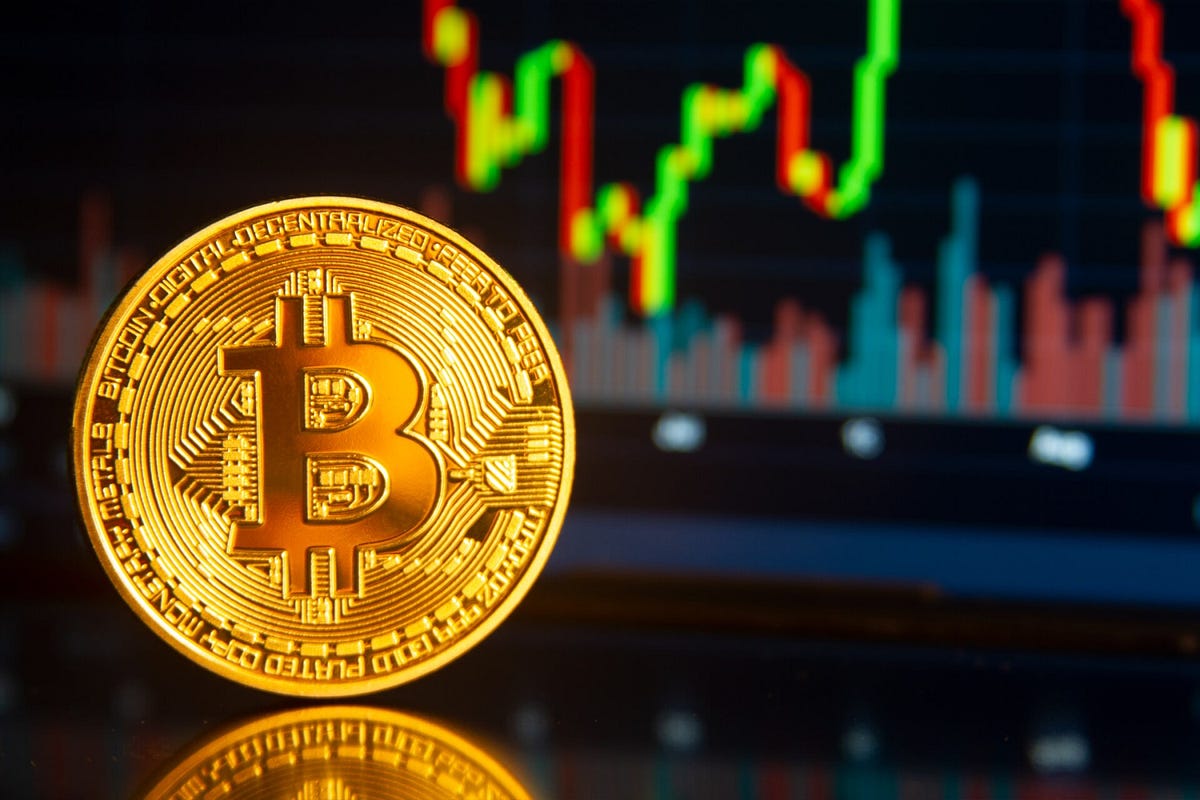Deutsche Bank and DWS-backed EURAU stablecoin integrates Chainlink’s CCIP to expand across Ethereum, Arbitrum, Polygon, Solana, and more, marking a major leap in Europe’s tokenized finance ecosystem.
Deutsche Bank’s EURAU stablecoin scales new heights with Chainlink
The EURAU stablecoin backed by Deutsche Bank and DWS is set to redefine Europe’s digital finance landscape. Developed by AllUnity, the MiCA-compliant euro stablecoin is expanding across multiple blockchains through Chainlink’s Cross-Chain Interoperability Protocol (CCIP). This marks a critical milestone for regulated digital assets in the European market as institutions accelerate adoption of blockchain-based settlement and tokenization solutions.
The EURAU stablecoin, pegged to the euro and fully backed by reserves, has become one of Europe’s most prominent institutional digital currencies. Its expansion across Ethereum, Arbitrum, Base, Optimism, Polygon, and Solana through Chainlink’s infrastructure signifies a new chapter in the stablecoin’s journey toward interoperability and mass enterprise adoption.
AllUnity’s CEO Alexander Höptner stated that this expansion enables EURAU to move seamlessly between blockchains, enhancing its functionality and cross-platform accessibility. By leveraging Chainlink’s protocol, EURAU aims to bridge fragmented blockchain ecosystems and position itself as a standard for regulated stablecoins in the European Union.
How Chainlink powers the EURAU multichain expansion
At the heart of the expansion lies Chainlink’s Cross-Chain Interoperability Protocol (CCIP), a system designed to enable secure data and token transfers between blockchains. In simple terms, CCIP acts as a universal translator for decentralized networks, allowing smart contracts on one blockchain to interact safely with assets and applications on another.
For the EURAU stablecoin, this interoperability is a game changer. It allows AllUnity to connect with multiple ecosystems simultaneously, paving the way for use cases that span B2B payments, corporate treasury operations, and onchain settlement systems. By connecting to leading blockchains such as Ethereum and Solana, EURAU positions itself at the crossroads of traditional finance and decentralized finance.
Chainlink Labs’ president of banking and capital markets, Fernando Vazquez, emphasized that this integration is about more than just technical innovation. It represents the foundation for Europe’s next generation of tokenized financial systems where stable, transparent, and compliant digital currencies can interact fluidly across platforms.
The collaboration reinforces Chainlink’s growing role in bridging the gap between institutional finance and blockchain infrastructure. Through CCIP, institutions like Deutsche Bank and DWS are gaining tools that can integrate blockchain technology with existing financial operations without compromising compliance or security.
The rise of EURAU as Europe’s regulated stablecoin
EURAU’s journey began as a vision between Deutsche Bank and DWS to create a trusted euro stablecoin under the EU’s Markets in Crypto-Assets Regulation (MiCA) framework. In July, AllUnity received a license from Germany’s Federal Financial Supervisory Authority (BaFin), allowing it to issue the EURAU stablecoin in full regulatory compliance.
This approval placed EURAU among the first MiCA-compliant stablecoins in Europe a critical advantage as the European Union moves toward standardized digital asset regulations. The stablecoin’s design ensures full backing by reserves, transparency, and strict adherence to capital and auditing requirements.
Both Deutsche Bank and DWS bring institutional weight to the project. DWS manages over 1 trillion euros in assets, while Deutsche Bank holds nearly $1.6 trillion on its balance sheet. Their involvement signals a new level of confidence in the stability and regulatory integrity of euro-denominated digital assets.
AllUnity’s vision for EURAU extends far beyond payment rails. By integrating with networks such as the Canton Network a blockchain ecosystem tailored for institutional finance EURAU is positioning itself at the center of Europe’s evolving tokenized economy. The goal is to create a digital asset infrastructure where money, securities, and data can move freely yet securely between institutions and blockchains.
Chainlink and EURAU: building the bridge for tokenized finance
The collaboration between Chainlink and EURAU is a glimpse into the future of European finance. As tokenization continues to gain traction across asset classes, the demand for interoperable, compliant stablecoins is surging. The EURAU stablecoin aims to meet that demand with the reliability of traditional banking and the flexibility of blockchain technology.
By enabling crosschain functionality, Chainlink is ensuring that EURAU can integrate with a wide range of decentralized applications, liquidity pools, and financial systems. This multichain approach opens doors for corporate treasuries, fintech platforms, and financial institutions seeking to settle transactions or manage liquidity using euro-backed digital assets.
AllUnity’s strategic expansion through Chainlink also underscores a broader trend the merging of legacy finance with decentralized infrastructure. As Europe advances toward a tokenized future, the EURAU stablecoin may serve as the blueprint for how traditional financial powerhouses can leverage blockchain innovation while maintaining full regulatory alignment.
Disclaimer: Parts of this article were generated with the assistance from AI tools and reviewed by our editorial team to ensure accuracy and adherence to our standards.








